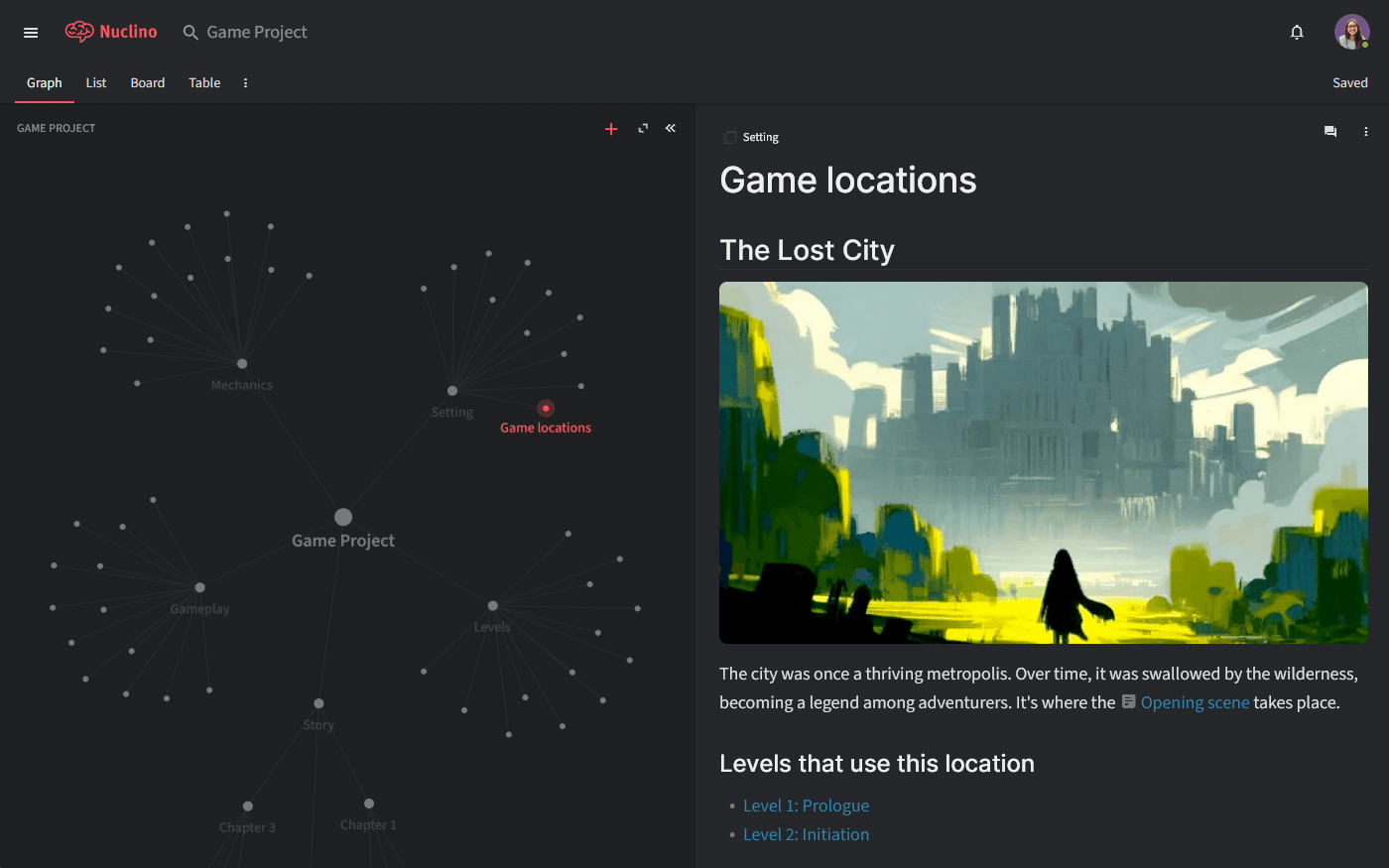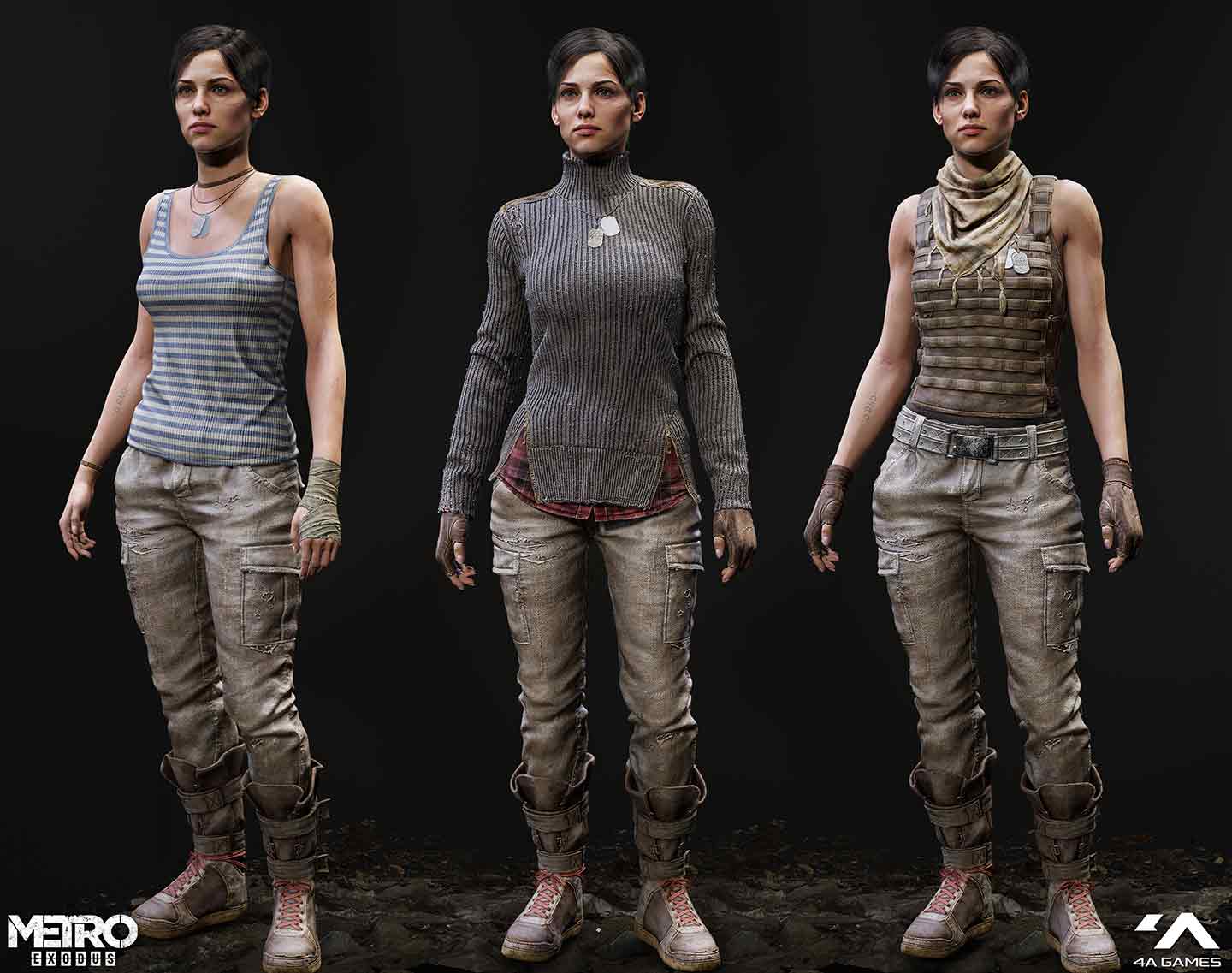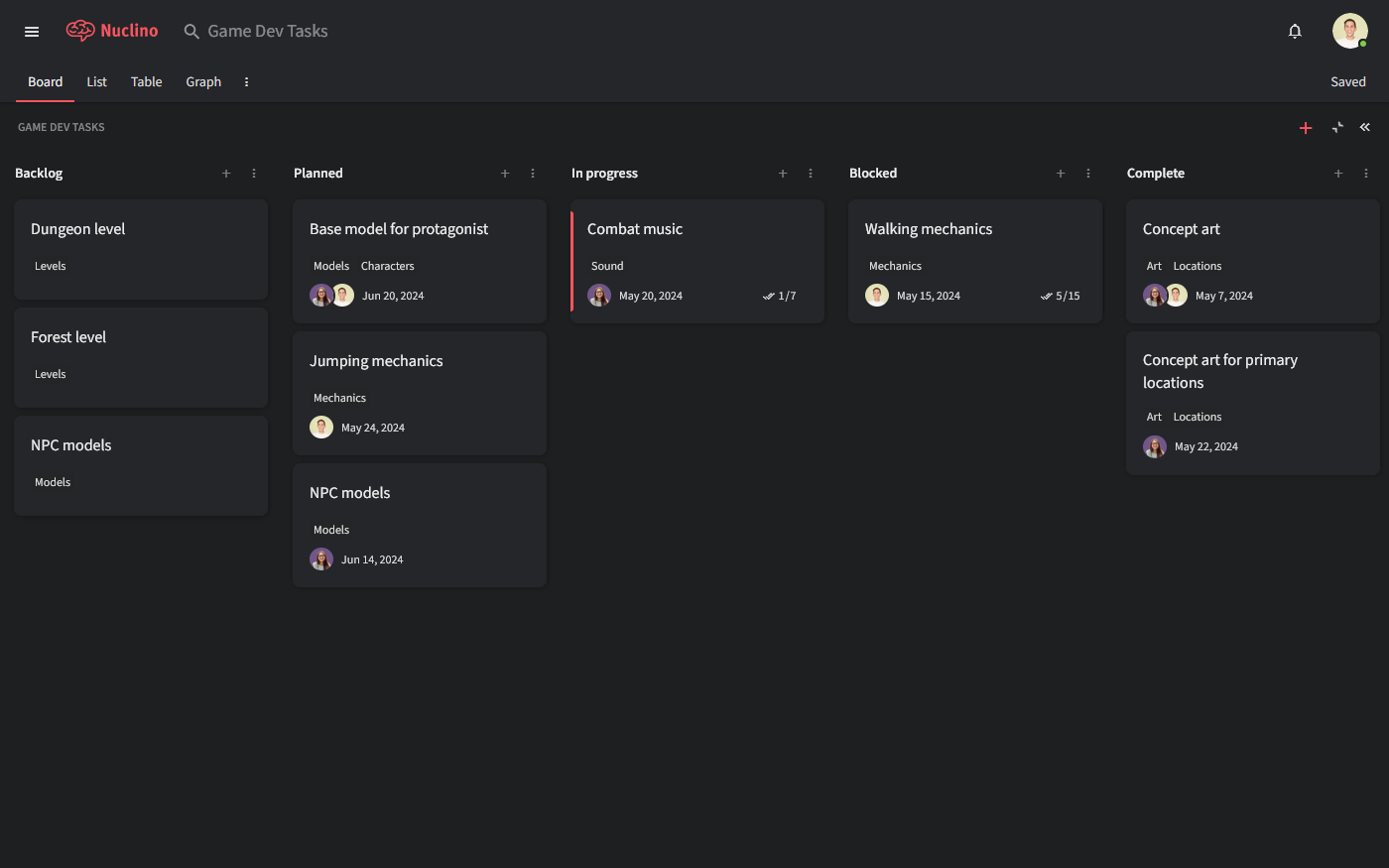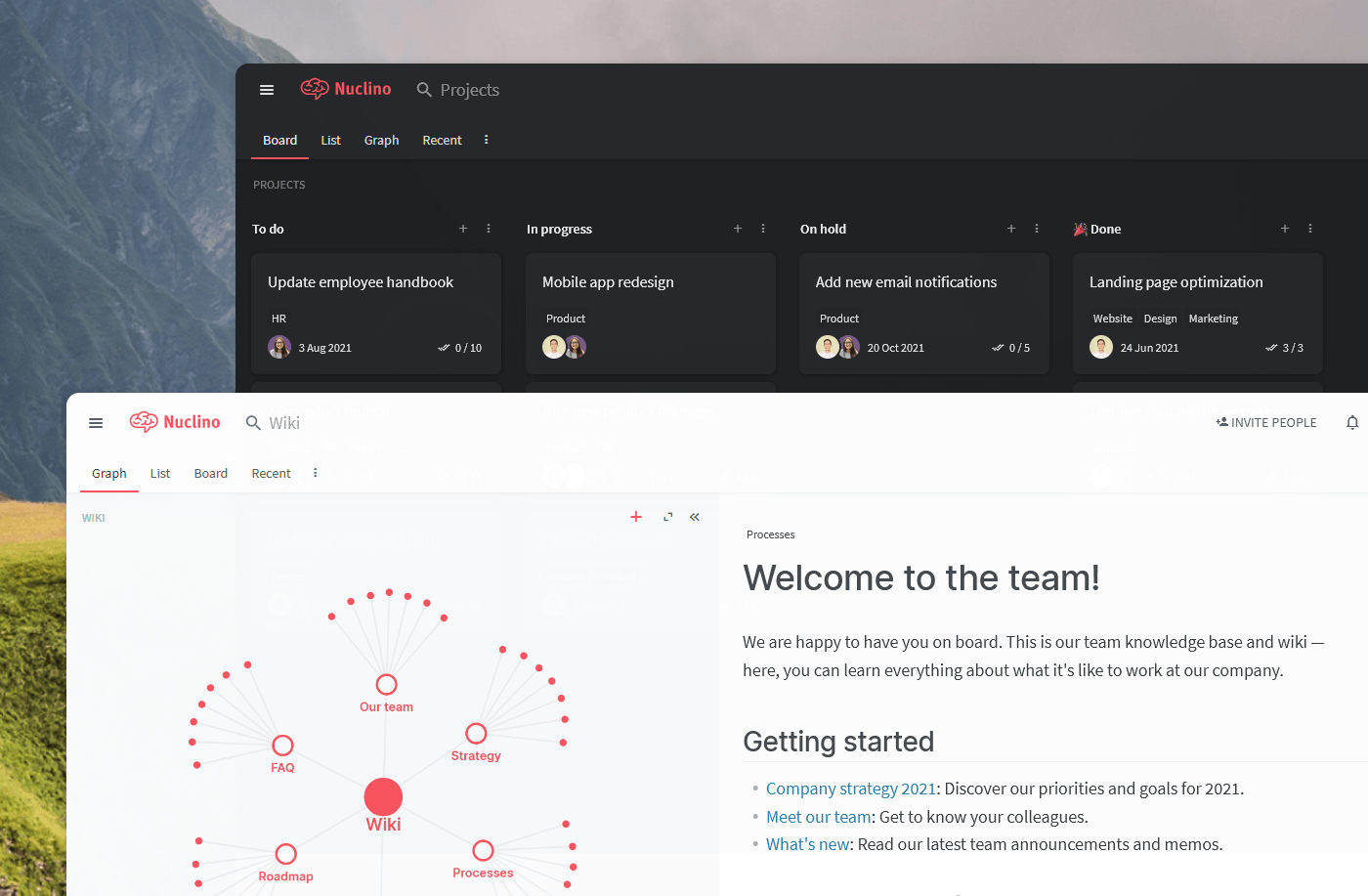Video Game Development Process
How successful games are made, from start to finish.
Anyone with hands-on experience in the video game industry knows the simple fact: game development can be chaotic. But while no amount of planning can fully safeguard you against production bottlenecks or impending deadlines, undertaking a game development project without a plan is a sure way to fail.
Whether you are an AAA game studio or an indie game developer, having a structured game development process is paramount. Let's dive deeper into what this process looks like.
What is video game development?
Game development is the process of developing a video game, from the initial concept to the finished product.

Depending on the game and the studio undertaking the project, this process can take anything from a few weeks to over a decade. It can involve thousands of designers, artists, programmers, writers, and testers, or be carried out by a single indie developer.
Game design vs. game development
Game development and game design are two different terms, though they are often used interchangeably:
Game design refers to the conceptual side of things: the initial vision, the mechanics, the story, the characters, the locations, and so on.
Game development is a broader term that covers game design and additionally includes the technical implementation of the game concepts.
At many smaller game development studios, the same team members wear many hats and are responsible for both fields. At larger companies, however, design and development are often handled separately.
Stages of the game development process
The game development process can be broken down into three main stages.
Pre-production
Pre-production is the planning phase. You may have an amazing idea for a game, but to successfully turn it into a reality you need a detailed plan of action.
The first step is to create a game design document (GDD). It will serve as a blueprint from which your game is to be built. Here's an example of a game design document created in Nuclino, a unified workspace where teams can bring all their knowledge, docs, and projects together. Nuclino can serve as a lightweight game documentation tool, a game development planner, an internal wiki, or a digital asset management platform for game art studios. You can create real-time collaborative docs, allowing you to document, share, and collaborate on anything, from game proposals and storyboards to character profiles and concept art.

Game design document example (Artwork credit: Stephane Wootha Richard)
Pre-production is the stage when the writers, artists, designers, and developers collaborate to determine the scope of the game. That includes coming up with ideas for how the game will function, its characters, its look, and its story. The most basic questions that need to be answered are:
What is the core idea behind the game? How can it be summarized in a compelling game pitch?
What is the genre of the game?
Who is the target audience?
When and where does the game take place?
Who are the characters?
What is our estimated cost to develop this game?
Will we need to hire game developers or other additional team members?
How will we monetize the game?
What is our estimated timeframe for the launch?
The answers to these questions become the backbone of your game design document. Some details are likely to change over the course of the game development process – keep your GDD as a living document and let it evolve together with your project.

Game storyboard example (Credit: Ubisoft Entertainment)
During the pre-production stage, it’s also common to prototype the environments, characters, control schemes, and other in-game elements. A lot of effort is invested into worldbuilding. Ideas are fleshed out in the form of storyboards, concept art, interface mockups, and so on, to see how they look, feel, and interact with one another.
Production
The production stage of game development is when your studio takes the concepts created during pre-production and turns them into source code and various assets. It's where the bulk of your time, effort, and resources go.
During this stage, several teams work in parallel:
Design. The design team continues their work from the pre-production stage. Working together with the artists, they render character models, craft dynamic and immersive level designs and environments, iterate on the interfaces, and so on. The designs become more detailed and granular, some ideas get refined while others are thrown out.
Programming. Even in case you decide to use an existing game development software or game engine, the programmers will have plenty of work prototyping ideas, incorporating new features, and fixing the bugs introduced along the way. If you are also planning to release an API for your game, your developer team will need to allocate enough additional resources to work on related technical tasks.

3D character model examples (Credit: Maryna Chemerys)
Art, graphics, and audio. Most games require a great number of creative assets. Artists, music composers, and voice actors need to work together with the designers and developers to make sure all elements fit together.
Testing. Making sure the game works as intended is critical. Testers don't wait till the game is finished, they start their work as soon as anything is playable. Early on, testing a game occupies a relatively small amount of time, but as development draws to a close, it requires multiple people working full-time, often relying on QA outsourcing services.

Game production process (Nuclino)
Post-production
After the final version of the game is released, it enters the final stage of the game development process – the post-production. The main purpose of this stage is game maintenance, which mainly includes:
Bug-fixing. Despite the efforts of testers, most games still contain minor bugs at the moment of their launch. The first few months during the post-production stage are typically spent identifying and squashing these bugs.
New content. Post-production also includes regular software updates for the game, ranging from game-balancing patches to new DLCs.
No two games are the same, and even seasoned game development studios with hundreds of games under their belts often struggle with last-minutes changes, tight deadlines, creative differences, and other challenges. This is the nature of the industry. There are many things that contribute to a game’s success that are not under the developer’s immediate control. Which is all the more reason to make sure you take care of the things that are. And having a structured game development process with clear deadlines and production goals is the most straightforwards way to do it.
Nuclino: Your team's collective brain

Nuclino brings all your team's knowledge, docs, and projects together in one place. It's a modern, simple, and blazingly fast way to collaborate, without the chaos of files and folders, context switching, or silos.
Create a central knowledge base and give your team a single source of truth.
Collaborate in real time or asynchronously and spend less time in meetings.
Manage and document your projects in one place without losing context.
Organize, sort, and filter all kinds of data with ease.
Integrate the tools you love, like Slack, Google Drive, Figma, Lucidchart, and more.
Ready to get started?
